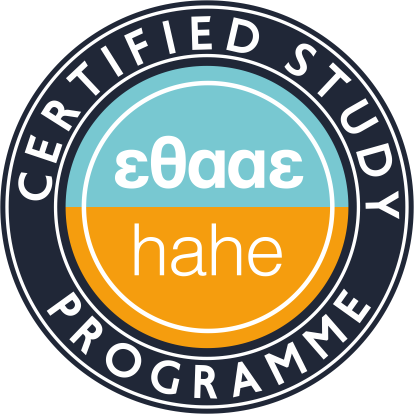
Charles University
Institute of Theoretical Physics
Abstract:
The physicality of space-times is usually examined using specific and classical properties. Such properties can be energy conditions, geodesic completeness, presence of naked singularities, and more. Classically, these notions are particularly often invoked when reverse-engineered solutions are considered; solutions that are not found through integrating the Einstein equation for a fixed stress-energy tensor, but that were instead fixed differently and then plugged into the Einstein equation to decide what stress-energy tensor would give rise to such a metric. However, judging such solutions' physicality too bluntly through these properties may be too limiting. In part this is due to the fact that not all properties that are deemed “physical” are mutually compatible. Furthermore, one might want to use decidedly unphysical solutions as useful toy models, as one does with homogeneous magnetic fields in electromagnetism. Additionally and quantum-theoretically, if metrics (or even space-times themselves) are not fundamental, the question of their physicality cannot be decided based on the metrics' properties. Other notions need to be developed. This talk will present both sides of the discussion of physicality: First, I will argue how reverse-engineered metrics will allow for new and useful test and toy models for hard questions of classical relativity. Then I will discuss an ongoing project aiming to counter time travel in the absence of a pre-existing notion of time, as it is encountered in canonical quantum gravity.


